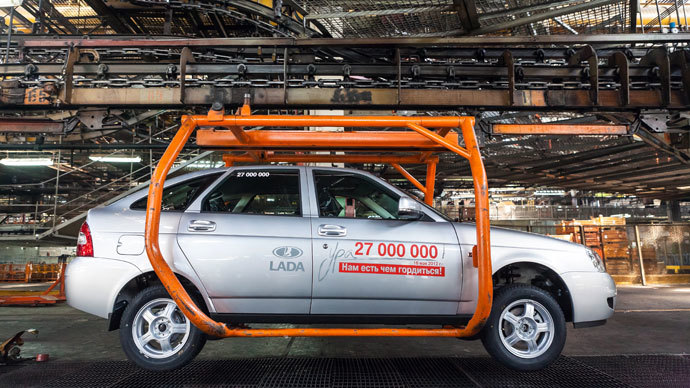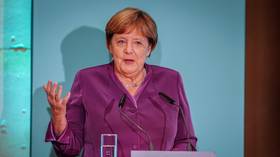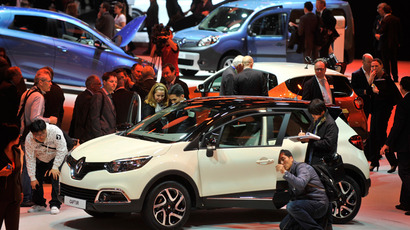Russian automakers cut jobs by 30% over 5 years, but boosted output

Over the past five years the number working in the Russian vehicle production fell by 29%. Output increased by 24% proving the sector has become more productive.
Since April 2012 car manufacturers cut 5% of their
work force bringing the total number employed to 244,000,
business daily Vedomosti reports. Most jobs were cut after the
crisis in 2008-2009. Russia's Avtovaz cut a quarter of its staff,
and GAZ halved the number of its workers, the newspaper quotes
Ivan Bonchev from SI Capital Partners as saying.
The potential for further job cuts is just about exhausted,
according to Bonchev. Now Russian carmakers are emphasizing
improved productivity to compete with foreign manufacturers, he
says. For example, one employee at the U.S. Kia factory
produces more than 100 cars a year, Bonchev says.
Russia’s biggest car maker Avtovaz plans to increase output
by fifty percent to 1.1 million cars by 2020, while
maintaining 70,000 employees, according to Vedomosti. It
means the automaker will be producing 15 cars per employee.
The growth of labor productivity – is the main goal of AvtoVAZ in
the coming years, Vedomosti quotes the director of Avtovaz
International Relations Igor Burenkov. AvtoVAZ began
production of models from partners Renault-Nissan in 2012. It now
makes the Nissan Almera and is preparing to manufacture Renault
and Datsun.
GAZ started contract manufacturing of VW cars in 2011, GM and
Daimler also became its partners this year. The number of
its employees of may still grow, which will depend on production
volumes and the market situation, according to the company.
The Peugeot Citroen factory in Kaluga started full cycle
production last year. The plant's capacity is 125,000 vehicles a
year, but so far it is at half capacity. However, staff will be
maintained at the current level at 3,000 people, according to
Vedomosti.
Russian carmakers lag behind foreign companies as they are still
vertically integrated and producing most components themselves,
the newspaper quotes BCG partner Ewald Kreid. Outsourcing
will allow them to further reduce the number of employees in the
future, says Kreid.
The Russian automobile market is poised to overtake Germany and become Europe’s largest by
2016, and the world’s fifth biggest, by 2020, according to a
report from the Boston Consulting Group.
The country’s auto market is slated to grow by an annual rate of
six percent through 2020, when annual sales will reach 4.4
automobiles, according to forecasts.














